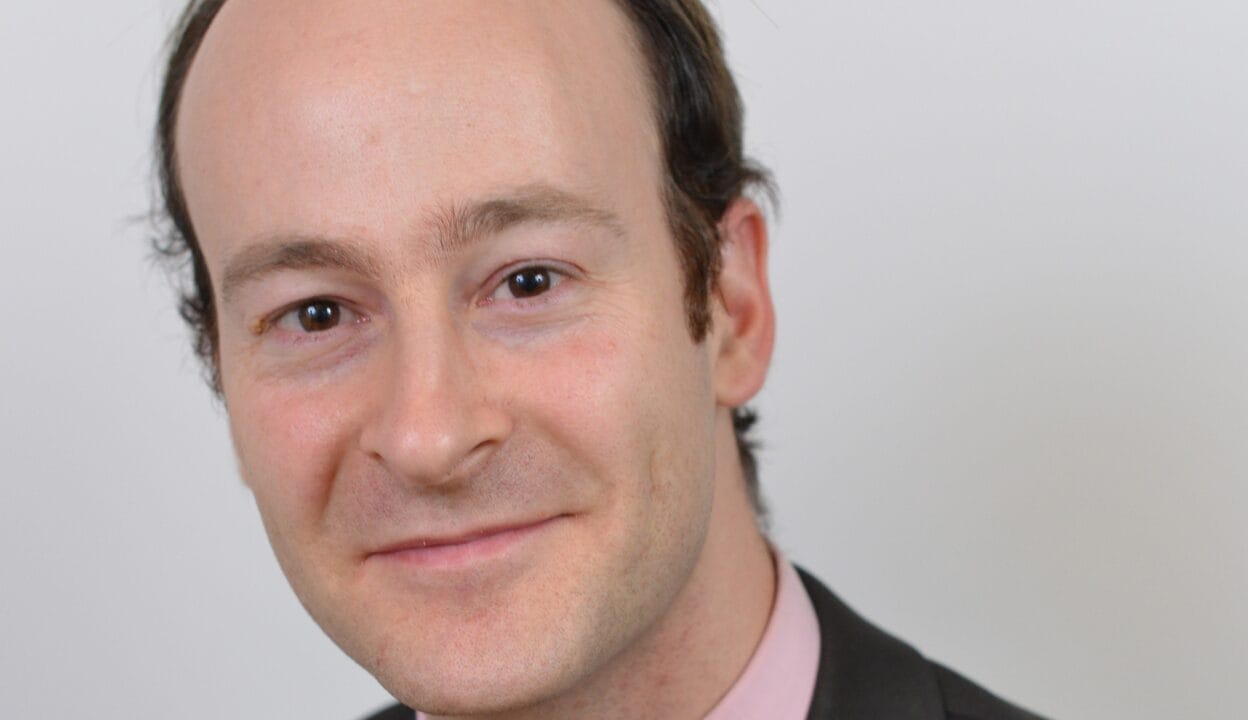Fonds de reserve pour les retraites (FRR), France’s €21 billion ($24 billion) pension reserve fund, has increased its weighting to equity in line with a new strategic asset allocation to reflect the investor’s longer return horizon.
Until last year, FRR’s ability to invest long-term was stymied by a regulatory-imposed 2033 horizon that capped its ability to allocate to equity and other performance-seeking assets.
Although the new horizon is still unconfirmed, new chief investment officer Pierre-Olivier Billard who stepped up from overseeing index strategies and the strategic and tactical asset allocation to take the helm from Olivier Rousseau this time last year, says FRR can now confidently invest with a 20-year timeline.
FRR has increased the (unhedged) equity allocation to 46 per cent and the unlisted portfolio to around 15 per cent which is likely to edge higher over time.
Elsewhere, FRR’s so-called intermediary risk allocation is now around 36 per cent and comprises hedged equities with options, high yield corporate bonds and a small allocation to emerging market debt.
The investor also has an 18 per cent allocation to investment-grade fixed income comprising sovereign and French government bonds, and corporate bonds.
Selling fixed income to increase equity weighting
Rather than buy equities, FRR increased its exposure to equity in its SAA by selling all its allocation to US investment-grade corporate fixed income as well as some of its allocation to high yield debt and emerging market debt. The proceeds went to finance its annual payment of €1.45 billion to Caisse d’Amortissement de la Dette Sociale, the state-owned special financial vehicle for the financing and debt repayment of the French social security system.
“We automatically increased the equity weighting without having to buy equities. We achieved two goals in one fell swoop,” says Billard in an interview with Top1000funds.com.
Moreover, an equity option strategy enabled the fund to decrease equity risk during April’s market volatility. As FRR’s equity option positions increased in value near the bottom of the market, FRR realised gains by taking off the hedged equity exposure and then hedged again with options when the equity market was at a higher level.
“We managed to gain quite a bit of value through the volatility,” he reflects
All decision-making is done in-house, and the implementations are made by overlay managers Axa Investment Managers and Russell Investments. FRR currently has an open RFP to renew its overlay mandates.
Billard explains that any rise in interest rates supports FRR’s surplus. However, he flags one of the key vulnerabilities of the fixed income allocation comes via an increase in the spread between German and French government bonds. If France’s economic outlook decreased, it could reduce the risk premium of FRR’s investments compared to its cost of resources.
In such a scenario, he says FRR could increase its allocation to French government bonds either with real debt or with futures.
“We are cautious of any moves in the spread; however, we don’t see any signs of stress.”
Pushing more into unlisted assets
The new strategic asset allocation is also allowing FRR to invest more in unlisted assets, where Billard is focused on private equity, private debt and infrastructure with a particular focus on French companies involved in new tech that offers environmental solutions.
“We have estimated that we can invest around €500 million per year in non-listed assets to gain some extra return. We are focusing on the assets and firms that support the French and European economy, and we really try and invest where we can be useful to the economy.”
He sees most opportunities in firms developing new technologies targeting climate and/or defence where FRR is free to invest in line with its ESG policies, and targets classical defence companies to cyber. “There are firms that are developing new technologies where perhaps 20 per cent of their turnover is dedicated to defence but they are not a defence company.”
By law, all FRR’s allocations are managed externally either via mandates (around 80 per cent) or a subscription into collective open, or closed-end funds.
Responsible investment involves more engagement
In another enduring strategy, Billard is also increasing pressure on FRR’s asset managers to engage with investee companies on climate and is putting more weight on engagement in all RFPs.
FRR’s asset managers are required to apply ESG guidelines and criteria, defined by FRR, and are responsible for implementation, selection and engagement in line with the investor’s responsible investment policy. Because of this, he says it is essential that FRR sets out clear objectives at the beginning of the mandate.
“We are in the process of evaluating how to increase the effectiveness of our engagement with firms and asset management companies because we aim to have even more impact.”
FRR continues to decarbonise its portfolio in line with the Net Zero Asset Owner Alliance. So far, around 40 per cent of the equity and bonds allocation has been decarbonised. He reflects that asset owners cannot be sure their engagement will be followed by actions in the long term but he notices that it’s more difficult for companies to row back on pledges if they’ve made a public statement.


